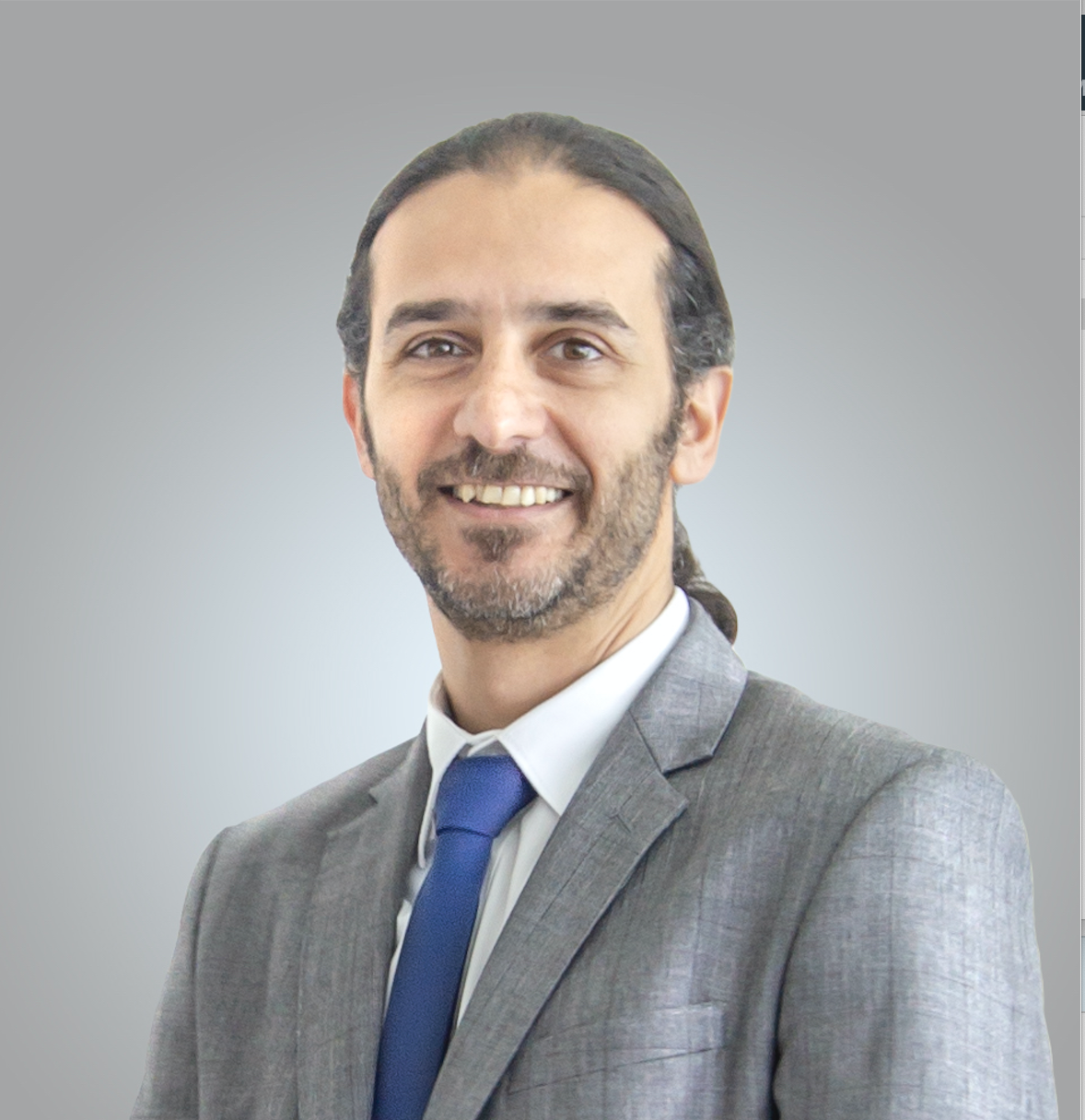Navigating through change successfully can mean the difference between survival and extinction. In today’s current situation organisations need to learn how to navigate through change and fail fast and learn from it.
Some ideas that can come to mind when hearing the concept of change are upgrading technologies and systems, consolidation or expansion, and organisational restructure. These and many more can be managed and planned for. But, what to do when change happens without any previous warning? (e.g. pandemic, natural disaster, emergence of new technologies)
This type of change will have a huge impact on the organisation and its people. It is characterised as not having a clear future (the future is foggy) and no clear end date to it. Leaders need to navigate through this type of change with a visionary focus on the future and work to optimise people competencies through the change.
As change is inevitable in today’s world, leaders need to think about how to build people resilience to be able to handle the constant change and deliver successful results. They have to look at it as a set of skills that individuals can develop and master. Leaders need to be proactive in acquiring these skills for their organisation and building a resilient workforce.
Leaders need to cultivate a growth mindset where people embrace problems as opportunities to learn and see them as interesting challenges. When people have a growth mindset they believe that new abilities can be developed through practice, and that drives the love for learning. The term ‘growth mindset’ has been developed by Carol Dweck a Stanford University professor. She advises leaders to celebrate the efforts of people trying, as that helps them to learn the skill of learning. Leaders need to be aware of the fixed mindset and work on helping people to switch the way they view situations. Fixed mindset avoids problems because of fear of failing, they believe that intelligence and talents are fixed traits.
How to develop a growth mindset?
Leaders need to learn to hear the fixed mindset thinking statements in the organisation. When the organisation is faced with new challenges you might hear statements like “Are we sure we can do it?”, “We don’t have the talent/ capabilities!”, “What will we do if we don’t succeed?”, “It would’ve been easy if we had….”. Leaders should encourage people to think in a positive manner using statements like “What are we missing?”, “What competencies / capabilities we have that we can build on?”, “We will figure it out together”, “It’s a learning journey”, “This may take some time and effort and we will get there”.
To help develop a growth mindset it is important to develop a safe learning environment where individuals and teams are not scared to fail. Leaders should encourage experiments and give feedback. This will build the courage and curiosity in people to try new things. They will feel more confident as they immerse themselves in areas out of their comfort zones.
Leaders need to encourage themselves and others to take some time to reflect on the activities and journey they have been through. They can ask themselves and others “What can we do differently next time?”. The reflection on what went wrong is not intended to ponder on the failure rather than to focus on the future by figuring out what needs to improve.
The ability to develop a growth mindset in the organisation will rely on leaders’ actions toward failure. Leader need to view failure as part of the journey and shouldn’t penalise or reprimand failure or sweep it under the rug. They also need to admit their own failures when they occur. To encourage everyone in the organisation, it’s not enough to stop the negativity around failure, leaders need to embrace failure and praise and recognise the efforts of people.
To ensure developing a growth mindset to achieve a successful change leaders need to be persistent and consistent in their actions towards failure. They need to embed the growth mindset in the organisational culture where people are excited to face new challenges.


